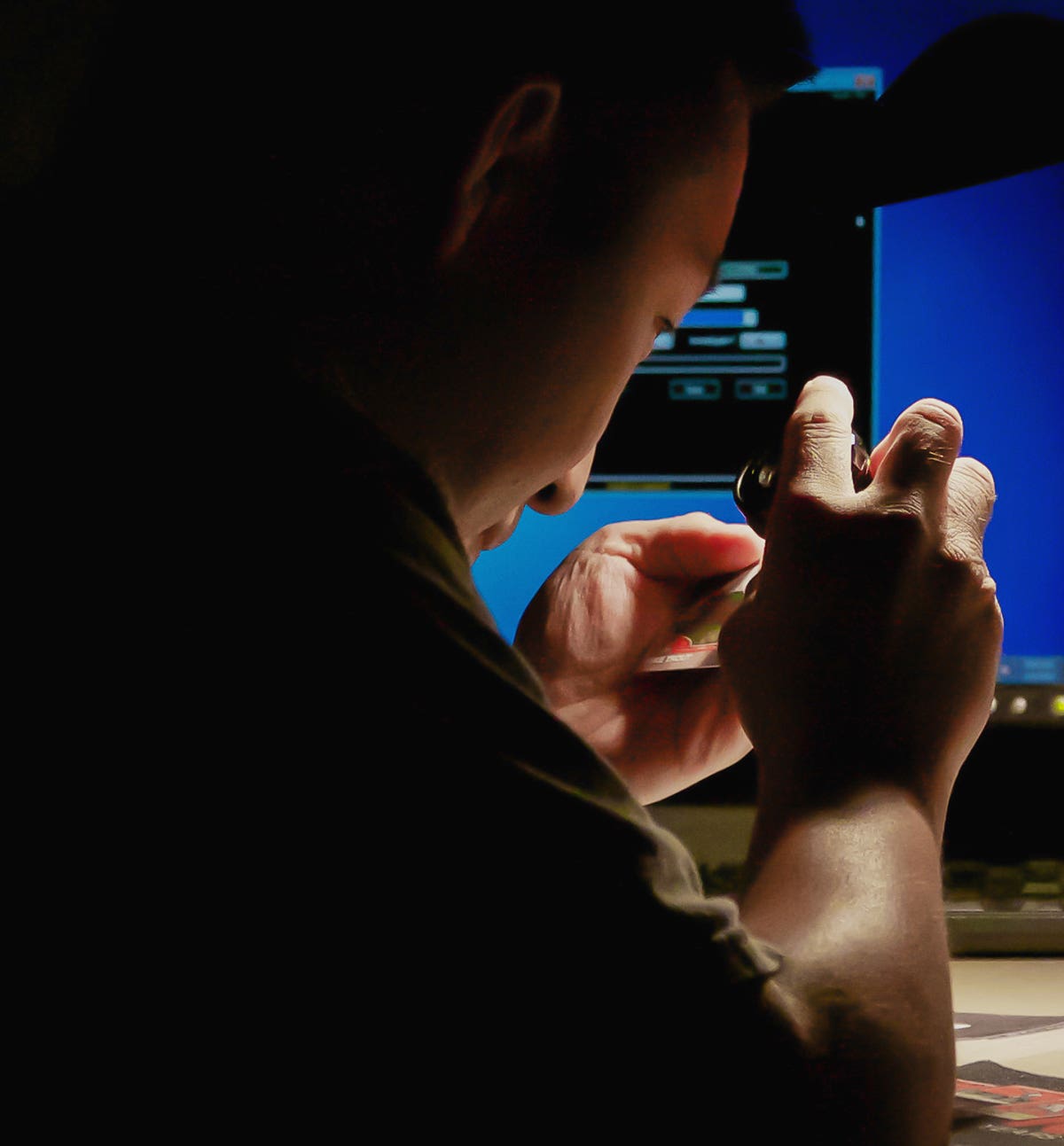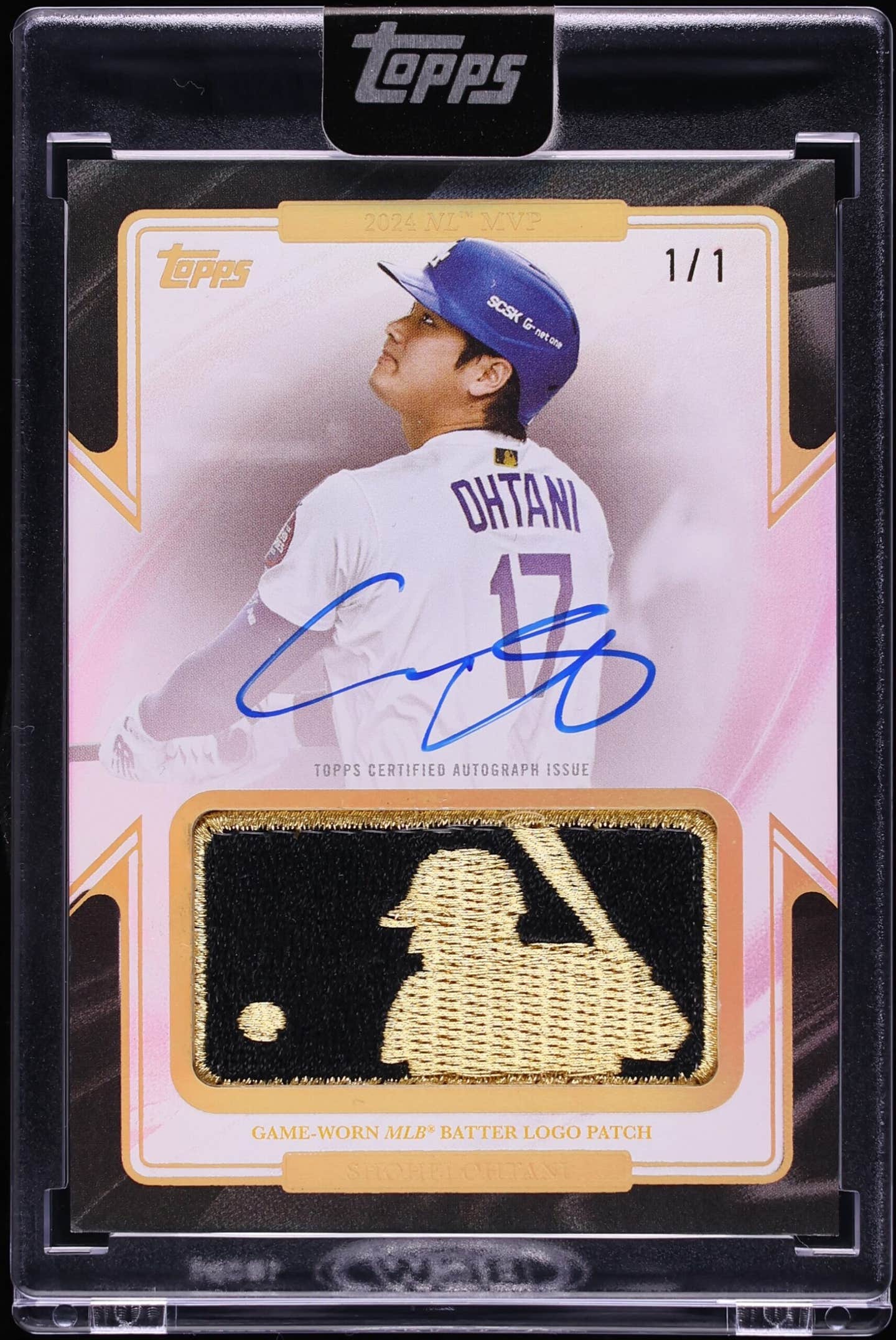News
The trials and tribulations of a teenage card show promoter
For 3 ½ years, I was a card show promoter. At the same time, I was also a teenager. Thus, I was a teenage card show promoter. I know, it sounds like the title of a bad B-movie or a cheesy pulp novel, but the story you are about to read is 100 percent true. From early 1992 to mid-1995, I organized a monthly get-together known to collectors around Chicago as the “First Friday Show,” fueled by a few postage stamps and my passion for sports cards.
Chapter One: If you build it…
In the early 1990s, my grandmother would go to St. Cyprians, our local church, on weekday mornings for a free senior citizen exercise class, followed by a luncheon. For $1, my grandma would get lunch and socialize with other senior citizens. One day, in January of 1992, my grandma came back from lunch with some exciting news.
“The priest of the church, Father John, likes comic books,” she told me. “So, he is putting together a baseball card and comic book show.”
Now, back in the early 1990s, there were many baseball card and/or comic book shows every weekend in Chicago. But this one was right in my neighborhood. Plus, tables were only $20, which was a price that I could afford. I had never sold at a show before, but at 16, I had accumulated quite a collection, which included many doubles that I hoarded for “investment reasons.” Sports cards were at their peak, so now was the time for me to cash in.
I stayed up late the night before to make sure that all of my cards were priced, packed and ready for the show, which was on a Friday night. Imagining that hundreds of people would be buying up all of my mid-to-late 1980s and early 1990s sports cards, I made sure that I had enough change.
While setting up my table, Father John introduced himself and told me that he didn’t sell all of the tables, so he gave me an extra one for free so that the show would feel less empty. I laid out all of my cards, put out boxes of commons, a binder full of local sports stars and even a few complete sets. If you build it, they will come, as the famous quote from “Field of Dreams” goes.
Unfortunately, not many came that night; maybe about a dozen. I made about $10 in sales, but spent $3 of it buying some packs of the new 1991-92 Parkhurst Hockey cards from the dealer across from me.
You would think that I would have been discouraged, but I was actually inspired. I saw potential. Here was a place for a card show that wasn’t going to charge much for a table, had its own parking lot, was situated near mass transit, but was in a neighborhood where people walked. I can work with this.
At the end of the show, Father John apologized to me for the poor showing, and said he’d only ask for $10 (instead of $20) for the table. I thanked him and made him a promise.
“Let me promote the show,” I said, “and I will make it a success.”
Father John loved comic books, especially DC characters like Superman and The Flash, but didn’t know much about promoting a show. Figuring that he had nothing to lose by letting an enthusiastic teenager help, he agreed.
Mind you, I was 16 and thought I knew everything by then. Well, that was partially true; I knew practically everything about sports cards and comic books. (On the flip side, I didn’t know how to climb a tree or talk to girls, so it all evened out.) I collected cards and worked in a comic book store. And I was ambitious; the perfect guy to promote a card and comic show.
“The first thing we need to do is give this show a consistent slot so people remember,” I suggested. “How about we do the first Friday of every month, starting in February?” Father John agreed, and eventually people started calling it the “First Friday Show.” They never forgot when the show was.
Every month, I would write – by hand, as I did not yet know how to type – to all of the major hobby publications, telling them about our show for their convention calendar. This included writing to the Beckettmagazines, Baseball Hobby News, Tuff Stuff, Wizard Magazine, Overstreet Price Guide, Comics Buyers’ Guide, and pretty much any other card or comic magazine I could think of.
The Chicago Tribune, the biggest newspapers in the city, would also plug our show every month in its Friday sports section. Listings in the card and comic magazines would draw in the die-hard collectors, while the mention in the local major newspaper would bring in causal collectors and sports fans who were just getting into collecting.
Since I used to draw a lot back then, I also illustrated two large signs. Father John would put these signs in the church’s marquee a week prior to help promote the show each month. He also used his computer to design a flyer for the show; primitive by today’s standards, but eye-catching in 1992. My boss at the comic book store that I worked at even allowed me to give out the flyers in his store. Oddly enough, he never set up a table at the show that I promoted, even though it was just six blocks away from his shop.
I got the word out about our show the best that I could in 1992, in the days before email and social media; send many letters, make a few signs, tell everyone I know – and hope for the best.
Chapter Two: …they will come
The next month, our show sold all of its tables. Father John had lowered the price to $10 per table, and many people in the neighborhood who collected and wanted to sell off their extras bought in. The show was held in the church’s basement, but the demand for tables was so great that Father John also added tables in the hallway and foyer areas upstairs. The church was small, and some dealers upstairs literally had their backs against the last row of pews. Father John would give me a free table for my efforts in promoting the show. Hey – $10 was good money for a teenager in 1992.
Sure, I definitely benefited by being the card and comic show’s promoter, but I also felt good because I was helping the church. And I wasn’t trying to win points with God, either. St. Cyprian’s Church, though small, did a lot for the community, such as the pro-rated lunches for seniors. This helped feed elderly people who might have been poor, but also got them to socialize and make friends, and it fostered a community, regardless of religious denomination.
The show consistently sold all of its tables, and eventually as many as 200 people would come each month, happily paying the $1 admission fee. I estimate that St. Cyprian’s made between $300 and $400 on the first Friday of every month for almost three years. Sometimes, I’d make $100 or $200, which wasn’t bad for four hours of work for a high school kid.
More valuable than any money I made was the time I spent with my friend Steve, who helped me out at almost every show. Anyone who has ever sold at a card or comic show knows how difficult it is to do it all by yourself, and how valuable having an extra set of hands can be.
Steve was that extra set of hands, but it also gave us time to just hang out and enjoy the hobby together. He had this running gag where he’d take one of those Upper Deck baseball hologram logos and stick it somewhere in the church. The next month, he’d look to see if the stickers that he hid were still present, and then affix a few more. Looking back, it was fun to spend time with a friend and just be kids, before stuff like college, jobs and relationships made us grow apart.
Chapter Three: Game over
Sadly, all good things must come to an end. By 1995, the sports trading card market wasn’t just in a slump – it was on a sharp decline. So was the comic book industry. Many card and comic shops, particularly those that jumped on the bandwagon in the early 1990s, went out of business between 1993 and 1995, liquidating comics for a dime or a quarter, and whole boxes of cards for a few bucks each. Suddenly, these collectibles that I was selling weren’t desirable to everyone; just the die-hard collectors. That meant less people were going out to card and comic shows over the weekend, including the “First Friday Show.” That, in turn, meant that fewer dealers were willing to set up and sell at our show.
Another big problem was that many of the card and comic magazines got greedy and started charging for inclusion in their show calendars. Seriously. The publishers figured that the shows were making a lot of money because of the magazines’ free advertising, so they wanted their cut of the action. St. Cyprian’s didn’t have the budget to pay multiple magazines for listings in its show calendars, especially with the declining interest.
The last show I attended at St. Cyprian’s was sometime in the summer of 1995, and it was probably as slow as the first one back in January 1992. By then, I was finishing my Associate’s Degree at the local junior college and working my tail off to save money for art school. Working a shift at my job was more profitable than doing a card and comic show, where I was now losing money.
I’m not exactly sure when the First Friday Show ended, or how. Each month, my grandma would find out from Father John how the show went when she’d see him at the at the senior luncheon on Monday afternoon. Father John eventually was re-assigned to a church in Arizona, and thus ended the First Friday Show.
I was proud to have made a card show grow from nary a blip on anyone’s radar to an event that collectors in Chicago would mark on their calendars. The time when anyone with a shoebox full of sports cards and a little ambition – even an awkward teenager – could make a few bucks and have fun while doing it was truly the golden age of collecting.
Sal Barry is a freelance contributor to Sports Collectors Digest. He can be reached at sjb@puckjunk.com. Follow him on Twitter @puckjunk. Shellie Lewis is an artist from Chicago. Follow her on Instagram @shellie_lewis_art.








